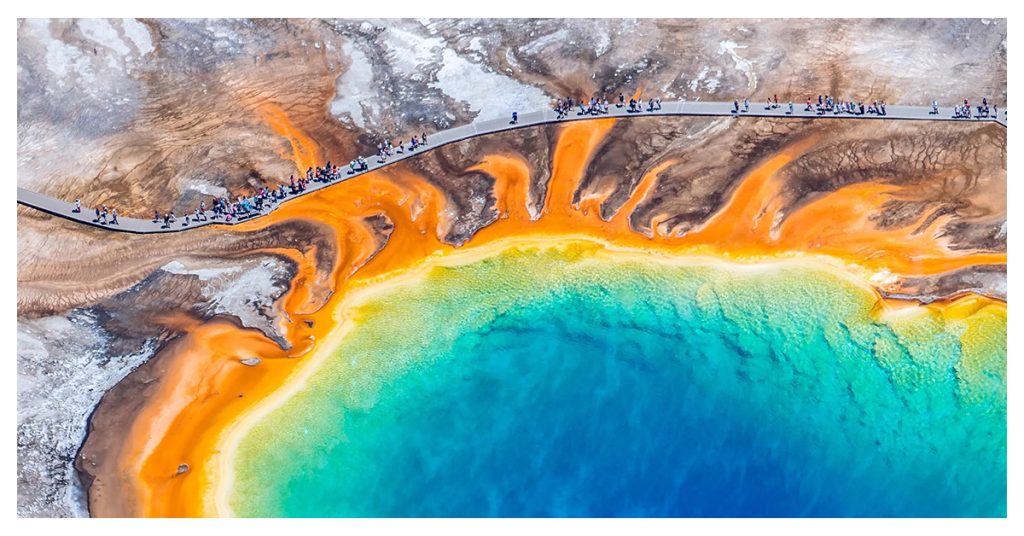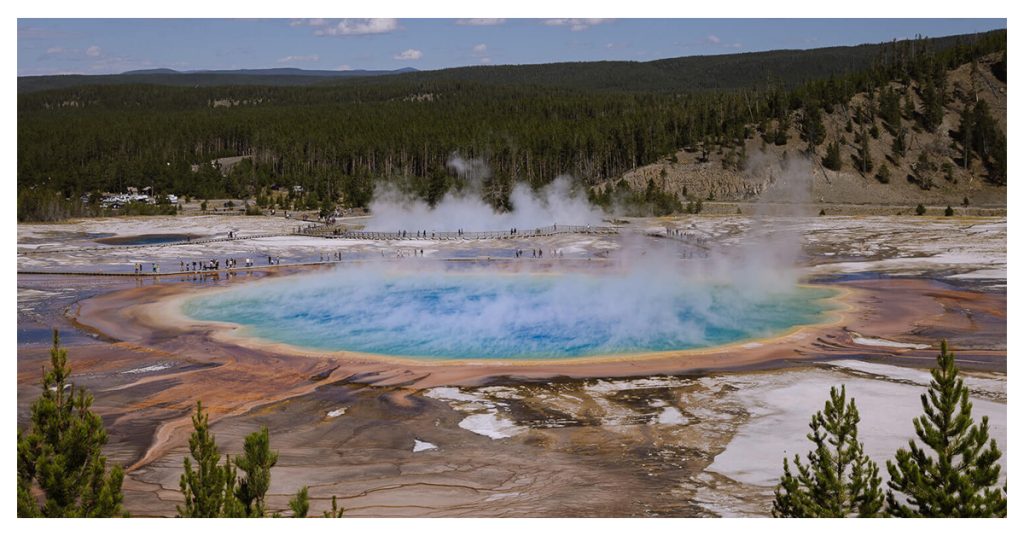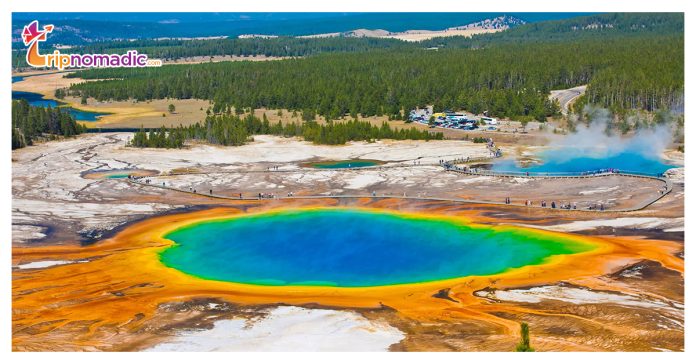Yellowstone National Park is one of the most popular national parks in the U.S., drawing over 4 million visitors a year. Located primarily in Wyoming but also extending into Montana and Idaho, Yellowstone National Park is known for its incredible wildlife, geothermal features like the Old Faithful geyser, and stunning mountainous landscapes.
With over 2 million acres of wilderness and hundreds of miles of hiking trails, there are endless things to see and do here. But when’s the best time to visit this national treasure? Read on for tips on the best time to visit Yellowstone National Park Adventure.
The Million Dollar Question – When is the Best Time to Visit Yellowstone National Park?

Yellowstone National Park high season is summer, from June through August. This is arguably the best time to visit if you want warm weather and long daylight hours. Daytime highs average 70-80°F, perfect for hiking and sightseeing. Wildlife like bison, elk, bears, and wolves are actively raising their young.
Popular attractions and roads are completely open. And wildflowers bloom in summer, adding gorgeous color to the scenery. Just be prepared for big crowds and book lodging well in advance.
For thinner crowds, lower prices, and cool crisp weather, aim for May/early June or September/early October. In spring, baby animals are being born while fall features fall foliage.
The best time to visit Yellowstone in summer is June and July when the weather is warm and wildlife is abundant and active, though you’ll need to contend with bigger crowds
Moreover, the shoulder season allows access to most park sights aside from remote or high-elevation trails still snow-covered. Days are mild and generally sunny while nights dip into the 30s or 40s.
The best time to visit Yellowstone is in the fall and, the worst time to visit Yellowstone is generally winter and early spring. Much of the park is inaccessible from November through mid-April due to heavy snow and dangerous travel conditions.
Most roads, attractions, and facilities are closed. But for die-hard winter lovers, it can be magical to take guided snow coach or snowmobile tours through the pristine, snow-blanketed wilderness. Just bring plenty of warm layers!
Read More – The Ultimate National Parks in Utah 2023: Hitting the Mighty 5
Best Time to Visit Yellowstone for Wildlife

One of Yellowstone’s biggest draws is the abundance and diversity of wildlife. Over 67 mammal species and over 300 bird species inhabit the park. For the best chance of wildlife sightings, visit in May or June.
Many animals give birth in early summer, so you may spot newborn bison, elk, bighorn sheep, moose, foxes, and bears.
Large herds also emerge with their young. Other prime months for wildlife viewing are September and October when animals are actively foraging to fatten up before winter.
July and August are the most crowded months, which can make wildlife watching more difficult despite the long days. Animals also retreat to higher elevations to get away from the masses.
But you’ll still see plenty of bison loafing around attractions like Old Faithful and grazing in Hayden and Lamar Valleys. Early mornings and evenings are best for spotting animals in summer.
For winter wildlife viewing including wolves, coyotes, elk, bison, bald eagles, and trumpeter swans, take a guided snowcoach or snowmobile tour. This allows access to park areas close to cars where wildlife congregates. Dress very warmly and watch for animals against the white snowy backdrop.
Best Time to Visit Yellowstone for Photography, Hiking, and other Activities
Photographers flock to Yellowstone in May and October when lower crowds make it easier to capture wildlife and iconic landmarks. Crisp air, dramatic clouds, and snow-capped peaks make for striking images.
The fall foliage and spring wildflowers create colorful backdrops. And wildlife is still abundant. Late spring brings spectacular waterfalls and baby animals too. Summer can work for early morning and evening lighting, but midday light is harsh.
For hiking, July through September offer the most trail accessibility and warmth for backcountry treks. But May, June, and September still give hikers flexibility while avoiding extreme summer crowds on popular trails.
Days are milder but longer in June and July if trying to squeeze in more miles. Parts of the interior backcountry remain inaccessible into late spring due to snow.
Geothermal features like the Grand Prismatic Spring and Old Faithful can be visited year-round but are especially striking against winter snow. Seeing the park by snow coach or snowmobile also allows unique vantage points. The Norris Geyser Basin in particular offers a steamy contrast to cold air.
Fly fishing is best in July/August when streams are at their lowest. Boating/kayaking is great May through September. Stargazing is phenomenal in winter away from light pollution.
Ultimately there’s no definitively “bad” time to visit Yellowstone since each season offers a unique experience. But plan your itinerary and activities based on your interests, crowd tolerance, and seasonal highlights.


